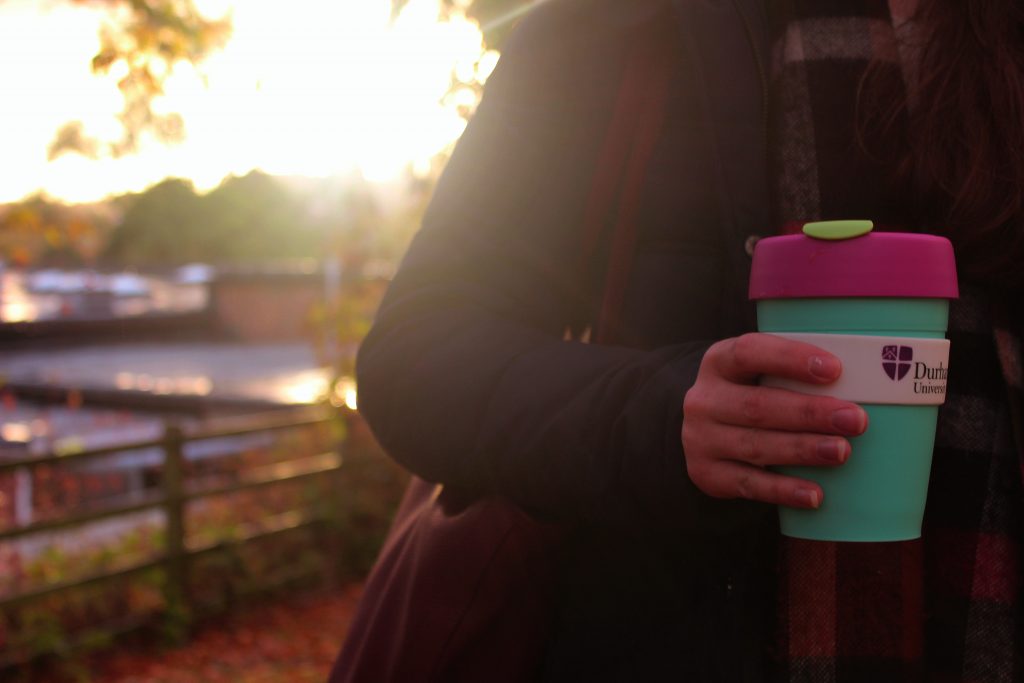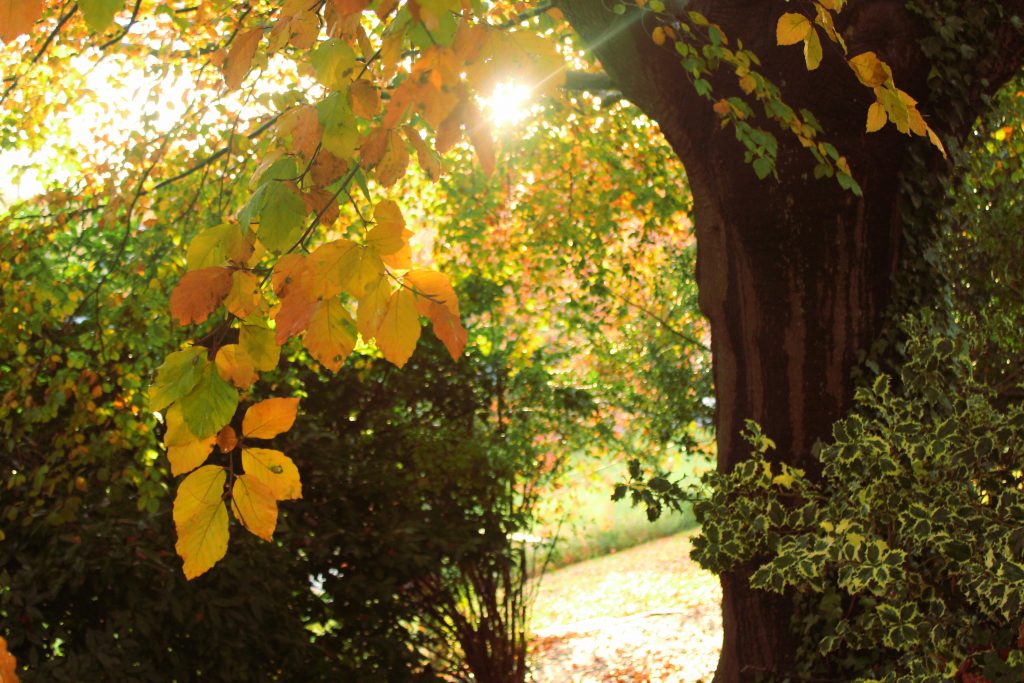Plastic pollution is an issue which has become increasingly dangerous for our environment over the past decades. According to Greenpeace UK, there are currently an estimated “12.7 million tonnes of plastic that end up in our oceans every year. That’s approximately one truck load of rubbish per minute”.
You may question the extent to which plastic pollution harms our environment. The answer: it causes global devastation. Natural landscapes become littered with synthetic waste, animals suffocate on bottle tops and plastic bags, and poisonous microplastics accumulate in our food chain. The National Ocean Service defines microplastics as “small plastic pieces less than five millimetres long” which, as stated by the Marine Conversation Society, can be “ingested by everything from zooplankton to seabirds, fish, turtles and whales” and due to their nearly imperceptible nature they have become a very real threat to marine life.
It is not only images of sea turtles with plastic straws piercing through nostrils that we are now faced with during our daily Instagram scroll. It is the deadly and latent poison which prowls in the habitat of creatures defenceless against it. A poison left in the wake of a highly consumerist society founded upon a lifestyle of excess. According to Future Agenda, it is a fact that “by 2050 there will be more plastic than fish in the world’s oceans”.
But you’ve heard it all before.
You know that each day more and more plastic enters our oceans. You know that “60% of plastic waste in the oceans comes from only 5 countries” (Future Agenda). You know that as you make the fleeting decision to buy a disposable plastic water bottle with your lunch, you are only adding to the “20,000 already purchased in that same second” (The Guardian). You know that “only 9% of all plastic waste has even been recycled” (Friends of the Earth) and that “plastic is killing more than 1.1 million seabirds and animals every year” (Global Citizen).
You know, yet you still do.
We haven’t got time to decide whether we want to help improve the level of plastic pollution in the world, it is something that we need to do and it is not difficult. Reducing our plastic footprint is a crucial way to help combat the consequences of excessive plastic waste. A plastic footprint is defined as a measurement of “how much plastic an individual’s lifestyle will contribute to the worldwide trash pile” (Taza), and therefore it is the responsibility of the individual to become aware of their own contributions to this issue. There are numerous ways in which you can actively contribute towards a movement dedicated to altering our current lifestyle and creating a plastic-free future. This is not a lifestyle focused on convenience; instead it follows a doctrine of an unspoken and inherent respect for our planet.
Here are ten ways to reduce your plastic footprint:
1 Say no to plastic straws. “Plastic straws can take up to 200 years to decompose” (WWF) and they are frequent causes of injury amongst both land and marine animal species. Straws which are made of stainless steel and bamboo can be used over and over again. Try these holographic ones from Amazon UK.
2 Buy a reusable water bottle. Around “1 million plastic bottles are bought around the world every minute” (Forbes). A reusable bottle will contribute to saving money and the planet. Chilly’s Bottles offers a huge variety of reusable bottles, which can used to keep drinks both hot and cold.
3 Chew on something else. Chewing gum is made of a “synthetic, rubbery material called polyisobutylene” (Science Focus) which is non-biodegradable and remains as a threat to the environment. Alternatives to conventional gum include environmentally-friendly gums made entirely from natural ingredients. Chicza is a company which sells “organic and biodegradable” chewing gum.
4 Take a reusable coffee cup to lectures. “Half a trillion disposable coffee cups are manufactured annually around the world; that’s over 70 disposable for every person on the planet” (ecoffee cup). Having a reusable cup doesn’t mean you have to make your own hot beverages. Cafes all over campus will fill up your sustainable cup instead of their one-use versions available in-store. The Durham University Keep Cups can be purchased from the Mountjoy site cafes and the Maiden Castle cafe.
5 Canvas bags. Why not make use of that free student union canvas shoulder bag that you picked up at the freshers’ fair? Since the introduction of the 5p charge for plastic bags was introduced in England in 2015, there has been an “83% reduction in single-use carrier bag sales” (edie.net).
6 Use a lunch box. Lunch boxes are a far more sustainable way to enjoy your food. Sandwich bags, plastic cutlery and food packaging are all enormous contributors to plastic pollution. Kill three birds with one stone by using a lunch container instead of killing seabirds with your sandwich wrapping. The company A Slice of Green sells sustainable lunch containers and food wraps.
7 Tin foil vs. cling film. Clingfilm is non-recyclable and is damaging to marine life. Tinfoil can be recycled if it is clean with other aluminium items. Another option is to use sandwich wrappings made of 100% cotton and natural ingredients such as “Pine Resin, Jojoba Oil and Beeswax” (WWF), like those sold by The Beeswax Wrap Company.
8 Choose your teabags wisely. Find alternatives to those teabags sealed with plastic packaging. Brands selling plastic-free tea or loose leaf tea are excellent ways of minimising the microplastics entering food chains from the disposal of plastic-covered teabags. Pukka Tea is a plastic-free option.
9 Digital music and films. Advancements allowing us to access our music and films electronically has also made it easier to avoid purchasing material CD’s and DVD’s with plastic cases. That means using Spotify or Apple Music is a good way to decrease your plastic footprint!
10 Eco-friendly glitter. Glitter is a threat to ocean life due to its minuscule size. It is ingested at the lowest consumer levels of our food chains and accumulates to produce toxic side-effects. Biodegradable glitter sparkles more because it is not liable for damage caused to marine life. Try some from Eco Glitter Fun, as suggested by WWF.
If every person reading this article made even one of these changes to their lifestyle, we could begin to counter the ever-increasing threat that plastic pollution poses to our world, to our oceans and our animals, and ultimately to our very existence.


